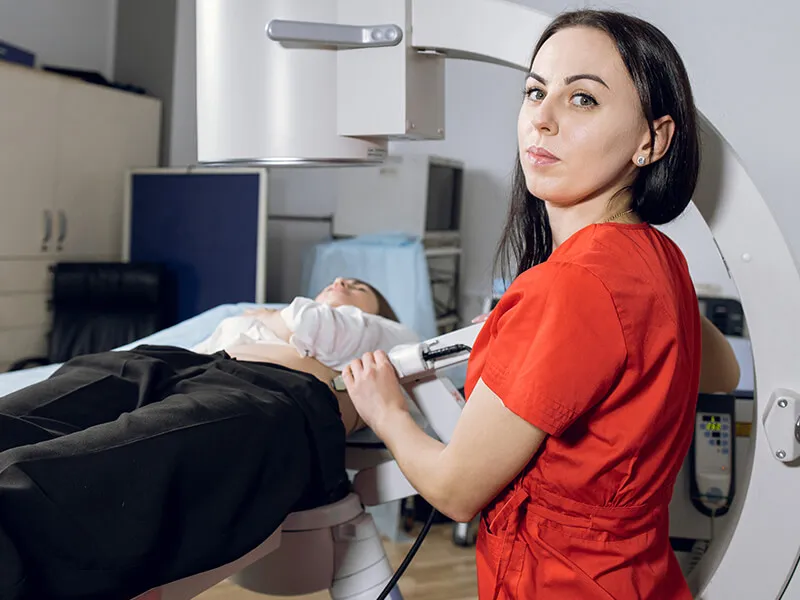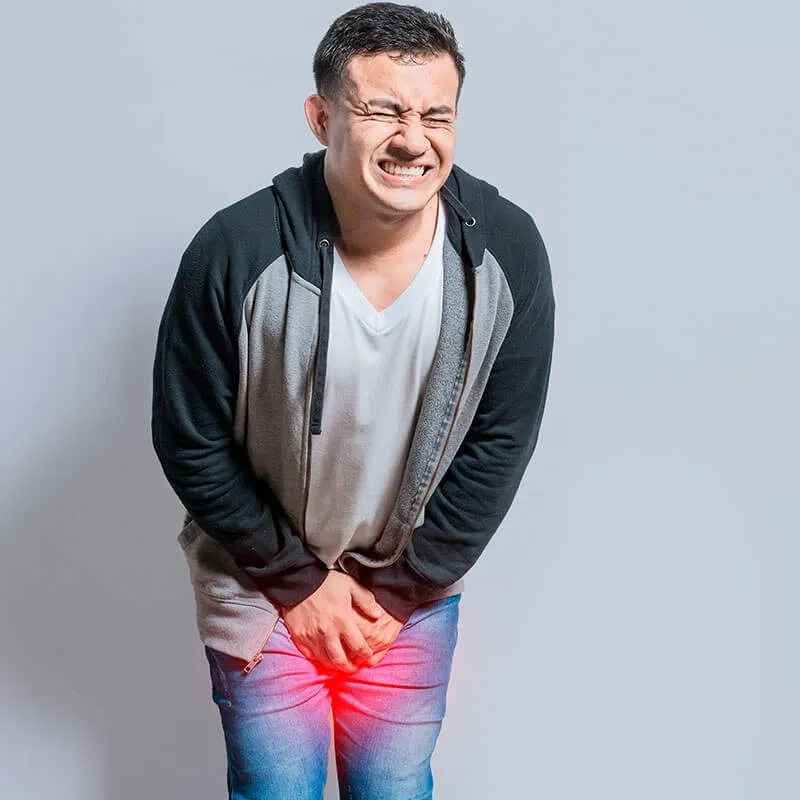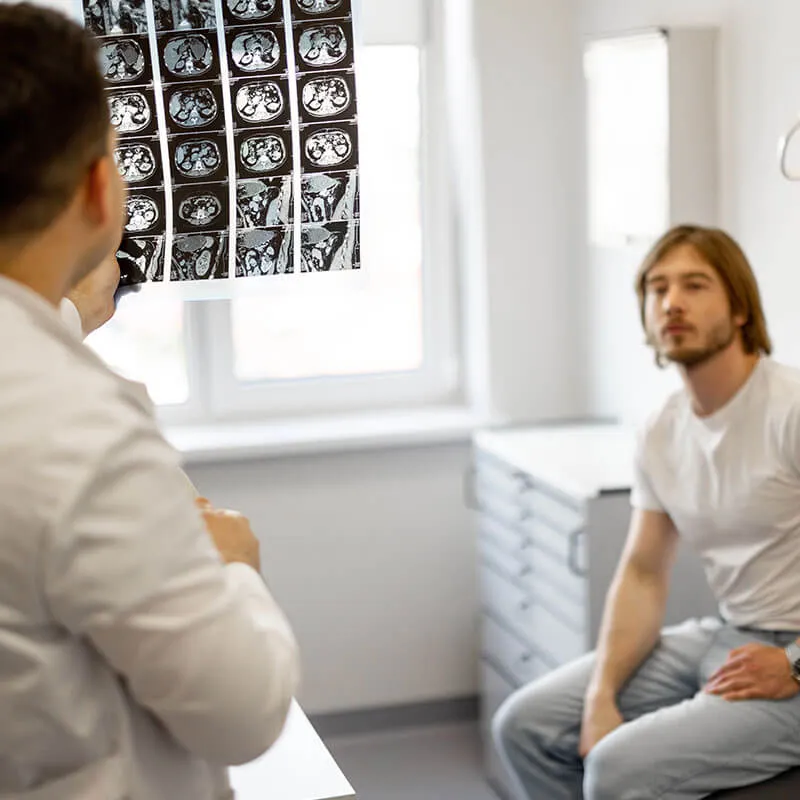What are Ureteral Stones?
Ureteral stones, also known as ureteric or renal calculi, are solid masses that form in the ureters—the tubes that connect the kidneys to the bladder. Similar to kidney stones, these ureteral stones can vary in size and composition, often being composed of minerals and salts. Common types include calcium oxalate stones, calcium phosphate stones, uric acid stones, and struvite stones.
Ureteral stones develop when there is an imbalance in the substances that make up urine, leading to the crystallization of minerals and salts in the ureters.
Schedule Consultation







